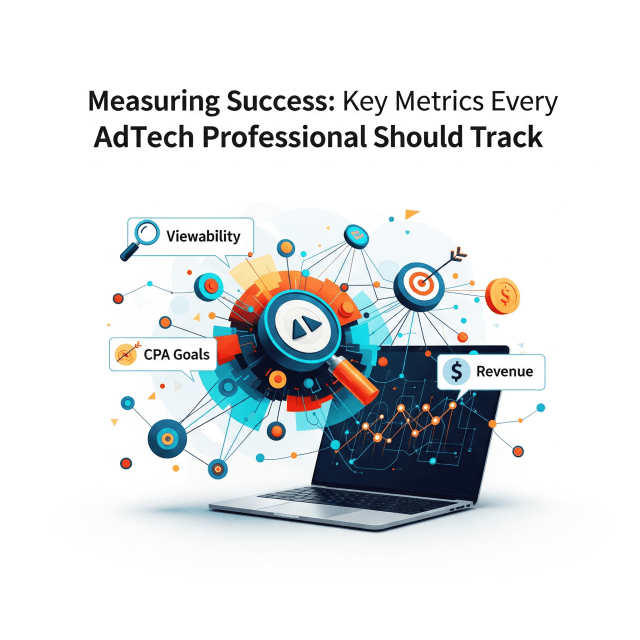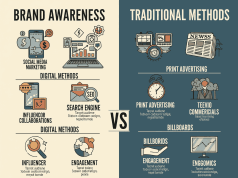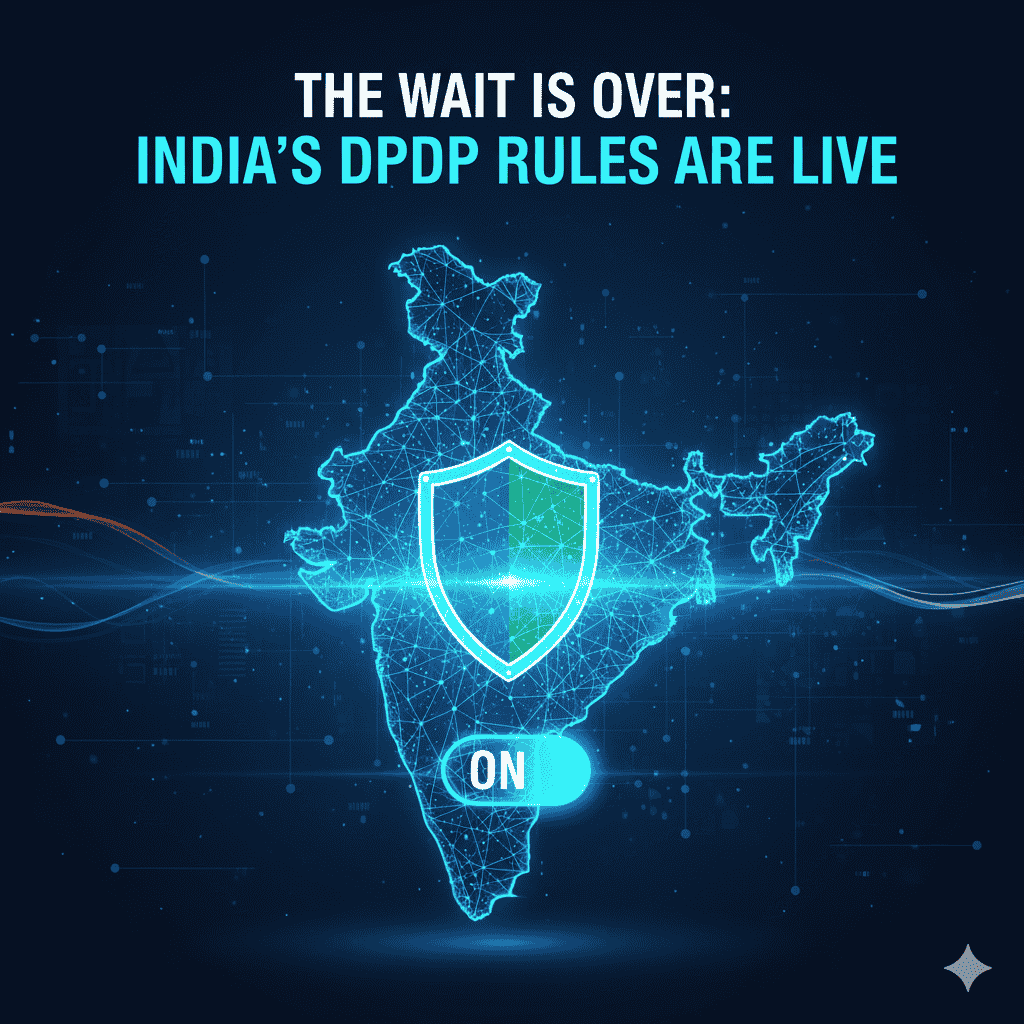In today’s fast-paced digital marketing landscape, ad tech professionals must employ a strategic approach to measure success effectively. The ability to analyze and interpret data can be the difference between a campaign that flounders and one that soars. Here’s a look at key metrics that every AdTech professional should keep in mind to ensure their efforts yield optimal results.
1. Click-Through Rate (CTR)
Click-through rate is one of the primary indicators of ad performance. It measures the ratio of users who click on an ad to the number of total users who view it. A high CTR suggests that the ad is relevant and compelling to the target audience.
Formula:
[ \text{CTR} = \left( \frac{\text{Total Clicks}}{\text{Total Impressions}} \right) \times 100 ]
Why It Matters:
A high CTR is a positive signal indicating that your messaging resonates with potential customers. It can also lead to lower costs per click in platforms like Google Ads, as better-performing ads often receive higher Quality Scores.
2. Conversion Rate
While CTR reflects the initial engagement, the conversion rate measures how many users completed the desired action after clicking the ad, such as making a purchase or signing up for a newsletter.
Formula:
[ \text{Conversion Rate} = \left( \frac{\text{Conversions}}{\text{Total Clicks}} \right) \times 100 ]
Why It Matters:
Understanding the conversion rate helps gauge the effectiveness of the entire marketing funnel. For AdTech professionals, optimizing conversion rates can lead to more cost-effective campaigns and higher ROI.
3. Cost Per Acquisition (CPA)
Cost Per Acquisition looks at the total cost incurred to acquire a customer. This metric helps determine how much you’re spending relative to your revenue from new customers.
Formula:
[ \text{CPA} = \frac{\text{Total Costs}}{\text{Number of Conversions}} ]
Why It Matters:
A low CPA indicates a more efficient campaign, allowing you to allocate budget strategically. Tracking CPA helps in budget forecasting and aligns marketing with business goals.
4. Return on Ad Spend (ROAS)
Return on Ad Spend measures the revenue generated for every dollar spent on advertising. It’s vital for assessing the overall financial performance of your marketing efforts.
Formula:
[ \text{ROAS} = \frac{\text{Revenue from Ads}}{\text{Ad Spend}} ]
Why It Matters:
Monitoring ROAS allows professionals to assess the effectiveness of their campaigns in generating revenue. A higher ROAS indicates better performance and justifies ad spend.
5. Impression Share
Impression share is the percentage of impressions your ads receive compared to the total impressions they could get based on targeting settings and bid strategy.
Formula:
[ \text{Impression Share} = \left( \frac{\text{Impressions Received}}{\text{Total Eligible Impressions}} \right) \times 100 ]
Why It Matters:
Tracking impression share highlights market presence and competitive positioning. A low impression share could signal the need for adjustments in bids or targeting strategies.
6. Bounce Rate
Bounce rate measures the percentage of visitors who leave a webpage without engaging further. For AdTech, it’s crucial to understand how users interact with landing pages after clicking ads.
Formula:
[ \text{Bounce Rate} = \left( \frac{\text{Single Page Visits}}{\text{Total Entrances}} \right) \times 100 ]
Why It Matters:
A high bounce rate may indicate that landing pages are not relevant or engaging enough. Optimizing landing page experience can lead to improved conversion rates.
7. Lifetime Value (LTV)
Lifetime value forecasts the total revenue expected from a customer throughout their entire relationship with the brand. This metric is essential for understanding long-term profitability.
Formula:
LTV can be broadly estimated as:
[ \text{LTV} = \text{Average Purchase Value} \times \text{Average Purchase Frequency} \times \text{Customer Lifespan} ]
Why It Matters:
Tracking LTV helps AdTech professionals justify and optimize ad spend. High LTV customers warrant higher acquisition costs and different targeting strategies.
Conclusion
Mastering the art of measuring success through these key metrics enables AdTech professionals to derive actionable insights and enhance campaign performance. By continually tracking and optimizing these metrics, businesses can maintain a competitive edge in an ever-evolving digital landscape. Emphasizing data-driven decision-making not only maximizes ROI but also fosters a culture of continuous improvement, essential for long-term success.









